And then the Piper came to Collect

We take risks all the time, when we drive a car, ride a bike, take a walk, board a flight or go for a swim. Wet tile floors kill hundreds of people in their own bathrooms every year but that doesn’t mean you should stop bathing. A life free of any risk is no life at all. Yes, maybe all the hours watching our favorite TV show may harm our eyes and the fun filled days at the beach with friends may harm our skin, but to encapsulate oneself in a sanitized plastic bubble and avoid anything and everything that MAY harm us is to give up on life.
So instead we enjoy the piper’s tune, even sing along with him and have a great time. Most nights, after we’ve fallen asleep, tired from the fun and excitement, he holsters his flute and sees himself out the door. Most no one considers that nothing is free and one day he’ll ask to be paid. In fact the more you have him over, the more confident you become that there will never be a payment. Sure, he may be a professional musician and sure, he charges other people to play at their parties, but not you. You’re his friend. A different, kinder set of rules applies to you.
But of course this isn’t so, a lesson I relearned last night when my car was ambushed by masked gunmen in a particularly lawless and remote sector in the Northern Areas, one that has been the scene of recent sectarian violence. Risks are not risks for nothing. Those who choose to enjoy the sweet melody of the piper are occasionally made to pay for that pleasure.
Our hired car was supposed to leave Gilgit for Islamabad between nine and ten in the morning so we’d pass the troubled regions of Chilas and Kohistan in daylight, but the incompetent morons at the transportation company only got their act together at 1:50pm, so that is when we set off. We approached the Frontier Police checkpoint atop Babusar Pass (13,700ft) at 6:30pm, just as it had gotten dark.
Our Toyota Corolla was pitifully equipped with a 1.3 liter petrol engine that struggled all the way to the top. It had to be kept in 1st gear 90% of the time and even then, twice we had to get out and push the car so the anemic engine could make it up a hill. Having less oxygen owing to the altitude was definitely partly to blame, and the driver suspected the fuel may have had crap mixed in it by an unscrupulous petrol station owner looking to make some extra money in time for Eid. I can vouch for the Oxygen being low because after pushing the car, I was surprised by how hard and for how long I was gasping for breath. A weak storm was lashing black sand across the road and dark clouds were slowly swirling overhead, further reducing visibility. The Karakoram Highway experiences landslides on an almost daily basis so is almost perpetually being worked on. Occasionally we would pass a large earth moving machine with its yellow hazard lights flashing. Given the already unearthly landscape, it felt as if I was on a transport to a new Moon colony that was in the process of being terra-formed.
The Frontier Policemen manning the Babusar Pass checkpoint were heavily draped in overcoats and scarfs to the point that no uniform could be seen, but since they were controlling the checkpoint, we had to assume they were the authorities. Two figures came to the driver’s window, their clothes fluttering so much because of the wind that they had to be clutched in place. Where are you coming from? Where are you going? Who are you? Do you have ID? We went through this familiar drill but then when time to produce the IDs came, they abruptly lost interest and waved us on. Someone commented that normally they take their time at this checkpoint and getting through this fast was unusual.
I should say who was in the car with me. The driver from Sargoda had terrible taste in music, liked listening to it way too loud, and smoked in the car without asking (but then it’s Pakistan, not America – I have to remind myself that I must make allowances for that). I had paid extra for the front seat. The passenger behind me was Najibullah, a ~30 year old disaster preparation and relief professional. Behind the driver sat Ali Noor, who was finishing high school and waiting to hear back from medical colleges across Pakistan to see if he got in.
Ali Noor opened up a large packet of chocolate wafers and shared them with everyone. I was hungry and they were delicious. We had driven 2-3 minutes past the checkpoint. Who knows what we were talking about at the time? Maybe how Ali Noor really wanted to work in film or as a photographer but his parents shot those ideas down in favor of the reliable medical doctor option.
The car suddenly slowed and I looked ahead. Initially I saw two and then four figures descending from a rocky ridge right next to the road and towards the car. That they were all armed and pointing their weapons directly at us was immediately evident as the Corolla’s headlights lit up the shiny ends of the barrels. Two had AK-47s, the other two had pistols. The ones with the AK-47s motioned us to stop and blocked our path. The other two circled around so the vehicle was surrounded. I lifted my hands, the wafers dropping out of my palms – a little silly since there was no chance they could see inside the car. Everyone in the car mouthed “oh no!” in their own way. When a panicking Ali Noor exclaimed “Ya Ali!” three times, the already present dread in my heart tripled. I thought “they’re going to kill this boy for being Shia”. My next thought was to have the presence of mind to look away when it happens. I don’t need those nightmares.
But then there was no guarantee who these guys were. They could be looking for payback against the Sunnis in which case my time was up. That was less likely though and oddly enough I didn’t fear for my life at all. My biggest fear for myself was kidnapping. Being a captive for the months or years that is typical for abductions in regions like these would be brutal. If they found out I was an American, they would probably sell me to the Taliban who might request a prisoner swap from the US. The Americans would most likely decline and in doing so condemn me to die by beheading. Wait, what if these guys are Taliban themselves? It was as this question crossed my mind that one of the gunmen reached my door and shouted for me to get out. I obviously didn’t have a choice so I opened the door and arms raised, emerged from the vehicle. The driver and other passengers were doing the same. The four gunmen had closed the dragnet and their catch was about to learn its fate.
I was patted down. The first thing to be pulled out of my kamiz pocket was my camera. The gunman holding me up studied this for a second under the beam from his flashlight and then pocketed it. When I had gotten out of the car, the barrel of his machine gun was a foot from my face, but now it was pointed at the ground and he was gripping the weapon carelessly. Frankly, it was asking to be snatched. But as I was being searched, I spotted two additional gunmen still atop the ridge from where the ambush was sprung. Both their AK-47s were pointed in our direction. That made six gunmen. The driver and Ali Noor, who were both closer to the ridge, saw seven gunmen, the four that came to the car and three that remained on the ridge. In any case, we were well covered and trying anything would be extremely foolish.
The ambush location was perfect. It was at a sharp turn in the road for which vehicles would have to slow anyway. The ridge behind which they had been hiding was right next to the road and the gunmen on high ground atop the ridge had cover in the form of large boulders, should they have needed it. They were already barely visible as it was but themselves had a great view of the road below. Even an escort vehicle with a half dozen armed guards wouldn’t have stood a chance in this situation. I found myself wishing we were driving in the B6 armored Land Cruiser I had in Afghanistan. Then we could have just sped away instead of being in the situation we were in now, entirely helpless.
After the pat down, I was asked where my money was and what else I had. What a relief! These were not crazy people but rather bandits, only interested in loot, vastly preferable to Taliban types. My money was in a zippered pocket in my jacket which was lying in the front passenger foot well. I was hoping to unzip the pocket quietly and give them all the cash and my cheaper Nokia mobile phone, but the sound alerted them to the jacket and they pulled it out, and feeling weight in it (my iPhone), they took the whole thing. In the end I lost my camera, two mobile phones, cash and the jacket. They saw my credit card but apparently that did not interest them and they threw it back in the car. Also headphones and passport got tossed back, everything else they took.
At this point one of the gunmen had an exchange of words on his walkie talkie and turning to us asked if there was a car behind us and how far back. We told him we saw a 4×4 but it was far behind us. No sooner had we said that than the first beams from approaching headlights could be seen. We were ordered to get back in the car, sit quietly and make sure no lights were on. We did this and saw the bandits go back to their positions, resetting the trap for the approaching vehicle. This time when they sprang, the vehicle, a Land Cruiser Prado, didn’t initially brake fast enough, so a warning shot was fired into the air. Then they encircled the vehicle and we heard them shout at the people inside. We heard both male and female voices respond from the Prado. Whereas they spent seven minutes with us and took us out of the vehicle for pat downs, in the case of the Prado, everything was handled through the windows and in just two minutes. I got the feeling they felt uncomfortable holding up more than one car at a time. After that they noted down license plate numbers, the driver’s ID card number and warned us not to tell anyone about what happened, and with that both cars were dismissed.
Since we left at the same time, our two vehicles formed a convoy with us in the back. We did a quick survey of what had been taken from whom. My losses were the greatest in absolute terms – a camera, two mobile phones, cash and my jacket. After me, the driver’s losses were greatest at Rs 33,000 cash which he was taking home to his family over Eid, plus his mobile phone. Najibullah also had his cash and phone taken and Ali Noor, maybe because he’s a kid, got away with only losing a few thousand Rupees. He saved his phone by jamming it between the seat and backrest before exiting the car. We also talked about what we saw and heard. The bandits addressed their leader “Commander”, and while they spoke in Urdu in front of us, when they thought they were out of earshot they spoke Shina, the local language in Chilas and Kohistan.
We had only driven another 5-10 minutes when we saw what appeared to be a police mobile (personnel pickup truck). Two policemen were standing next to it and one flagged us down. After we stopped, they had a brief conversation with the first car and then came over to us. “It took you guys a while to get here from the top of the pass. Did anything happen in the middle? Did you run into any kind of trouble?” His voice sounded concerned, almost like he already knew something was wrong and was anticipating the pleas to go after the men who had only minutes earlier robbed us.
But the pleas never came, because as he spoke, he cocked the AK-47 he was already holding at the ready and pointed at our feet, and so did his companion. We didn’t need to study his eyes and expression to know what this meant, but did so anyway and this confirmed to everyone in the car what was happening. These guys were collaborating with the bandits and were making it clear to us that we needed to stay quiet or bad things would happen. My guess is they planned to rob for several hours that night and for this to work, they needed to scare the shit out of those they robbed earlier so they wouldn’t tip off authorities or other travelers that there was danger ahead.
Their plan worked. Realizing the cops were on the side of the robbers scared us even further. There was a good chance the robbers were cops themselves. We were even more helpless than we had thought. The driver told the cop nothing had happened. The cop pressed a little, “but we heard a gunshot” to which the driver responded “We didn’t hear a gunshot”. The cop smiled “OK then” and gestured us to be on our way. As we drove off, the already downbeat mood in the car became downright pitiful. The others talked about how the important thing was we were alive, that god had saved us and that we were powerless people who had no choice but to accept our fate. I kept quiet. I hate that kind of talk. We passed a convoy of two civilian pickups 20 minutes later. They stopped to speak briefly with the Prado and then continued in the direction of the bandits. We wondered what had been said between the two cars but didn’t have to wonder for long.
Within another hour, we had reached the town of Naran and the Prado stopped in front of a roadside restaurant. We parked in front of them and got out of the car. The strangers from the two vehicles greeted each other with hugs and big smiles of relief. Clearly they too felt very fortunate, and in fact they had been more fortunate than us. After we told them our sob stories about losing everything or almost everything, they took out cash and mobile phones to show us how much they had been able to save by not getting out of the car. They did so with big smiles and in fact they were kind of showing off. To do that to people who had suffered large losses and were visibly deflated was distasteful. On the other hand, they offered us money so that we could at least afford to refuel and bought us dinner in the restaurant. We declined on the money but accepted on the dinner. I asked them what they had discussed with the convoy of two pickups we’d passed an hour earlier. They told me they were so freaked out by the message from the cops that when the guys in those vehicles told them they had heard rumors there was trouble up ahead and asked if it was safe to proceed, they said yes, not knowing who they were talking to and not wanting to risk getting shot after making it so far. They had a point, but my guess is they sent another two flies into the bandits’ flypaper by giving them the all clear.
When we finally reached Islamabad at 3:30am the next day, having driven through the night, The driver asked us to accompany him to the depot so we could corroborate his story in front of his boss. We felt bad for the guy, given he was a poor man and had suffered a heavy loss, so we agreed. But after walking around the depot for 15 minutes and knocking on several doors, no one could be found. As the driver drove us to our homes, he told us his boss always spoke disrespectfully to him and he knew this man was not going to do anything to help him. He then asked us if we would help him out because as it was, he didn’t even have money to get home to Sargoda. Najibullah immediately agreed to this and urged me to also help. I didn’t say anything. I was still bitter about my own losses and cranky from nearly 14 hours of being tossed around in a Corolla on bumpy roads. It’s only after Najibullah was dropped and the driver requested me directly that I realized how selfish I was being. I told him to come tomorrow afternoon to my uncle’s house where he was dropping me and I would give him money. Neither of us had phone so there was no other way to coordinate. The next day I went to the ATM to withdraw cash in anticipation of him coming. He never did. I wonder if it was because he felt I would back out. I didn’t sound very enthusiastic when I finally said I would help him but I did mean it.
In the end, stuff is just stuff. Colleen’s already bought an upgraded replacement camera (Sony RX100 II) and a new jacket (Patagonia Nano Puff, exact same as the one that was lost). I’ll try to do without a smartphone for a while and maybe try sharing Colleen’s iPhone 4S. Yes, 90% of my photos of the North are lost forever, but no one can take the memories away. You all know what a glacier is. Now just picture me standing on top of it, surrounded by miles and miles of white ice and sandwiched between towering peaks. Right after the robbery, I told myself I was never coming back to Pakistan because the risks weren’t worth it. This feeling was reinforced after I realized we were probably robbed by police, the guys that are supposed to be protecting us. But 30 minutes later I concluded that the mistake was mine and it would be worth coming back. First of all, with the exception of the robbery, I had an amazing time. Secondly, I knew this was a no go area at night but still I went. After the transport company delayed 4 hours, I should have backed out and travelled the next day. Well, lesson learned. I’ll be wiser next time.
I’ve tried my best to accurately recount the events of the evening we were robbed. I’ll be sending a facts only version to the Inspector General (police) and FIA Director (Federal Investigation Agency) of the Northern Areas.
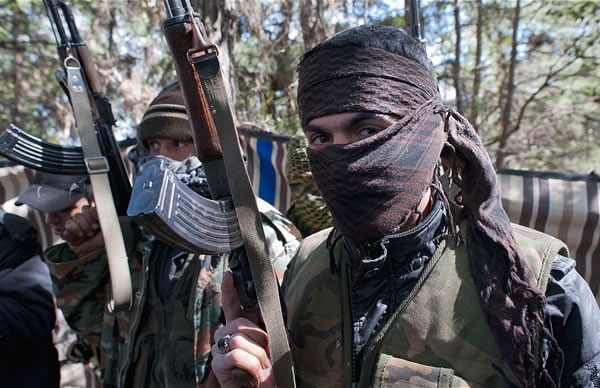





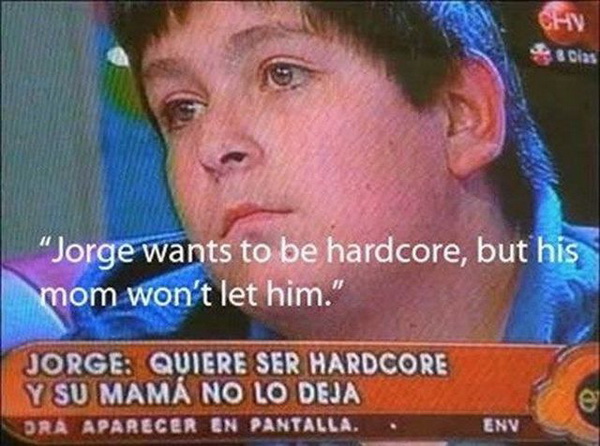

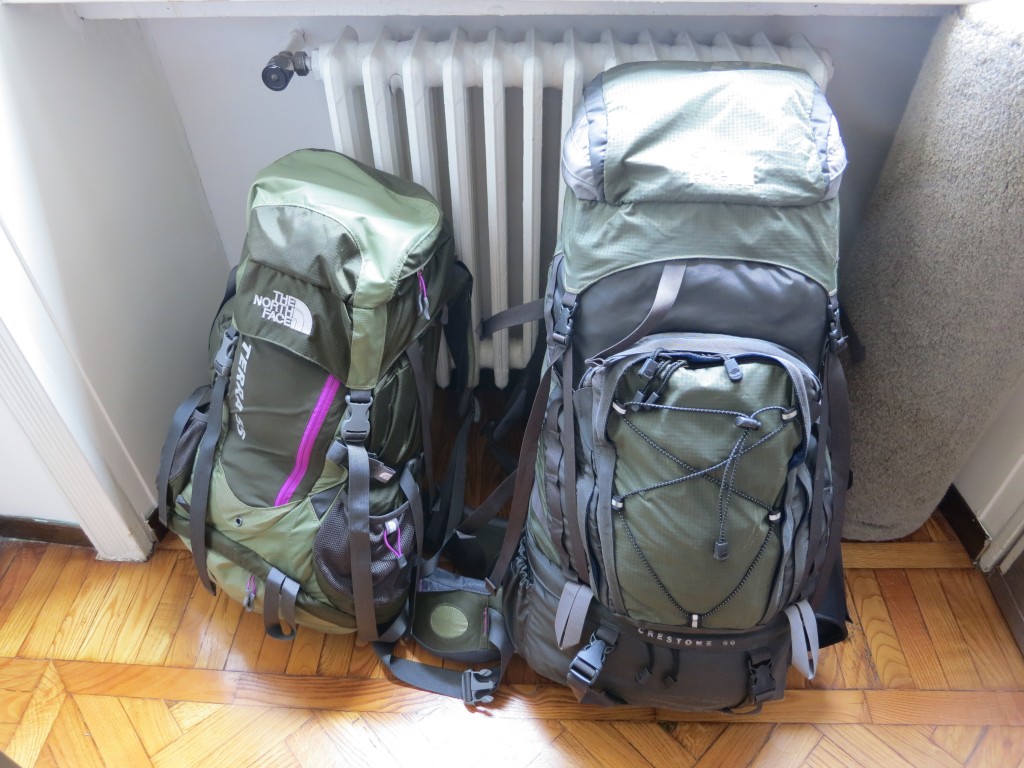

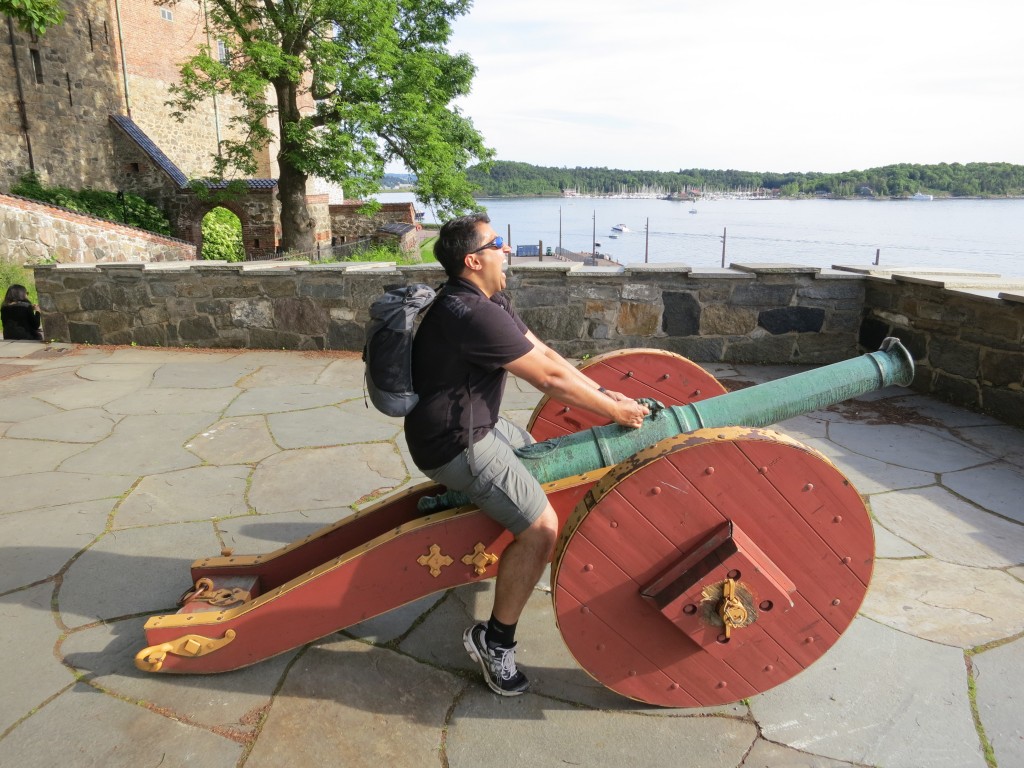
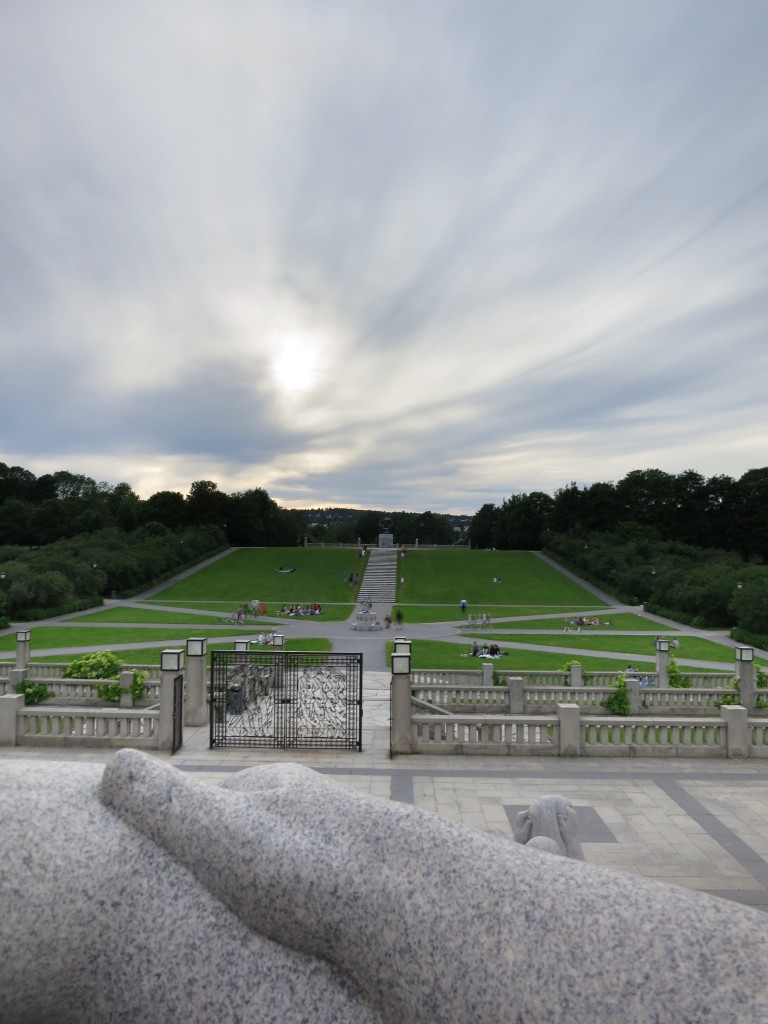

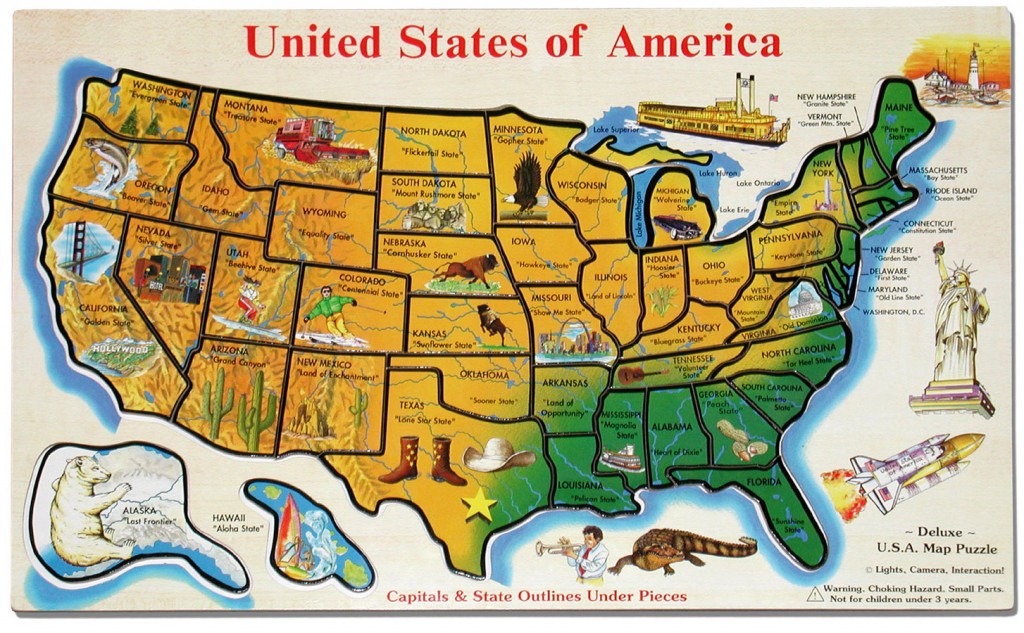


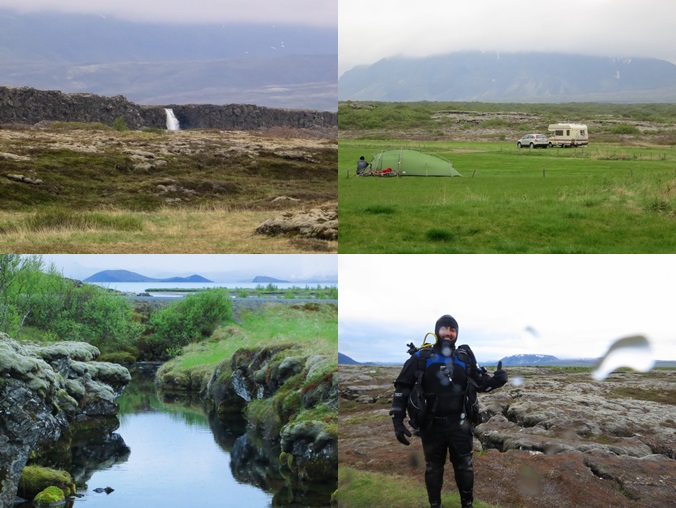
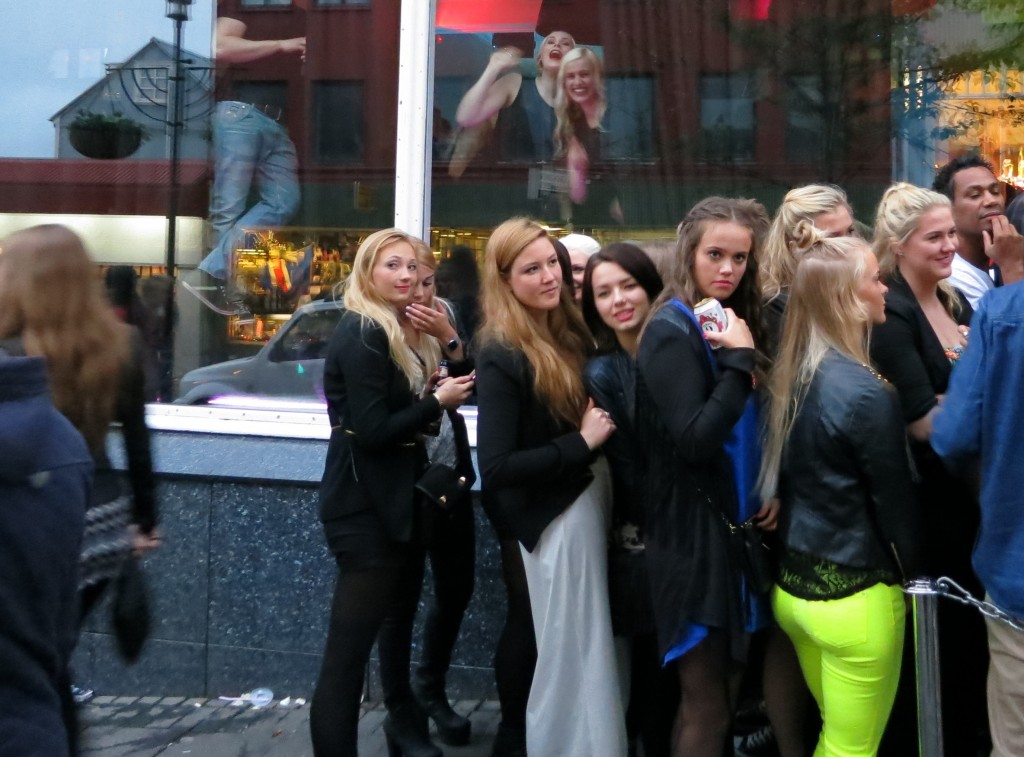
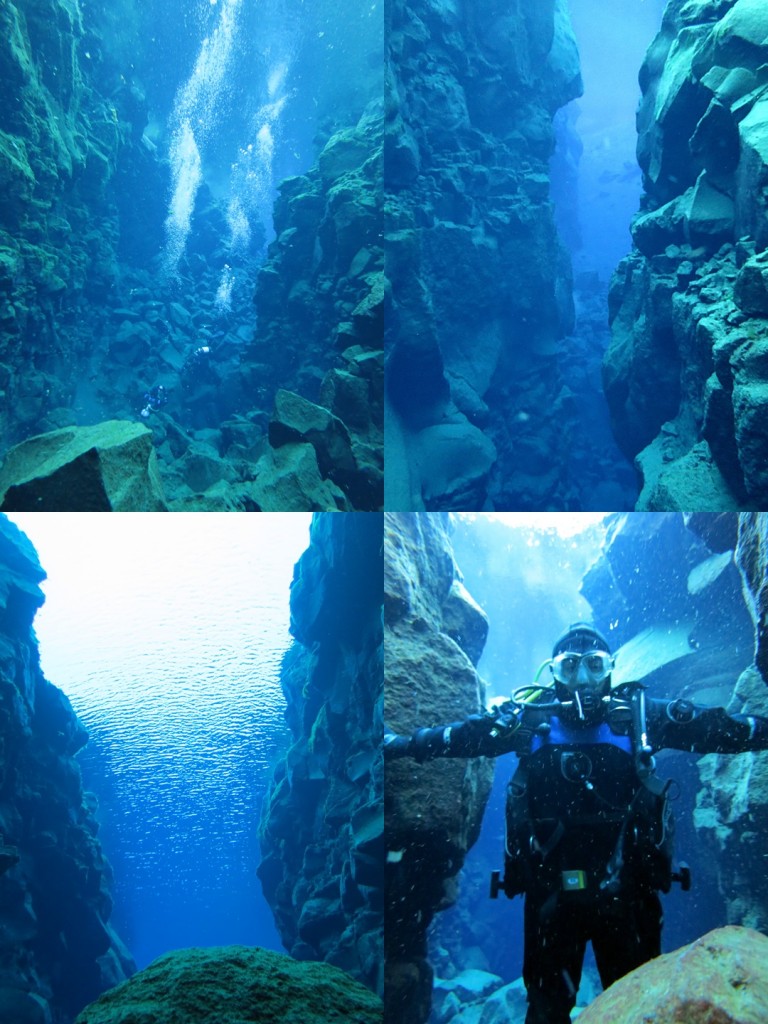

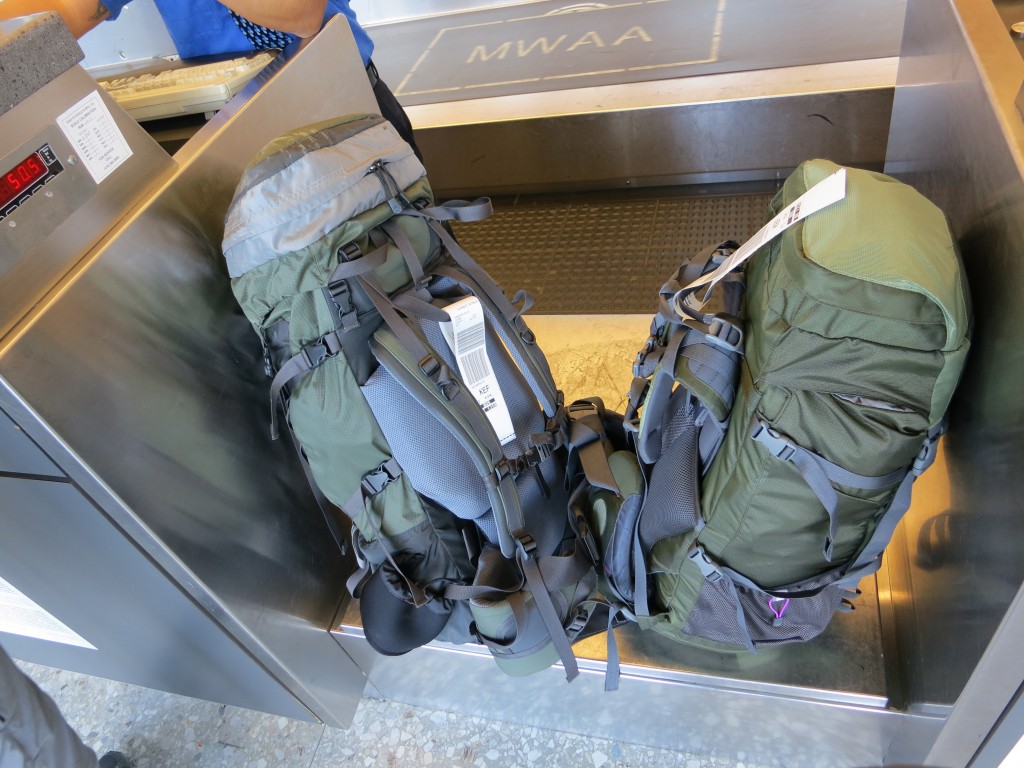

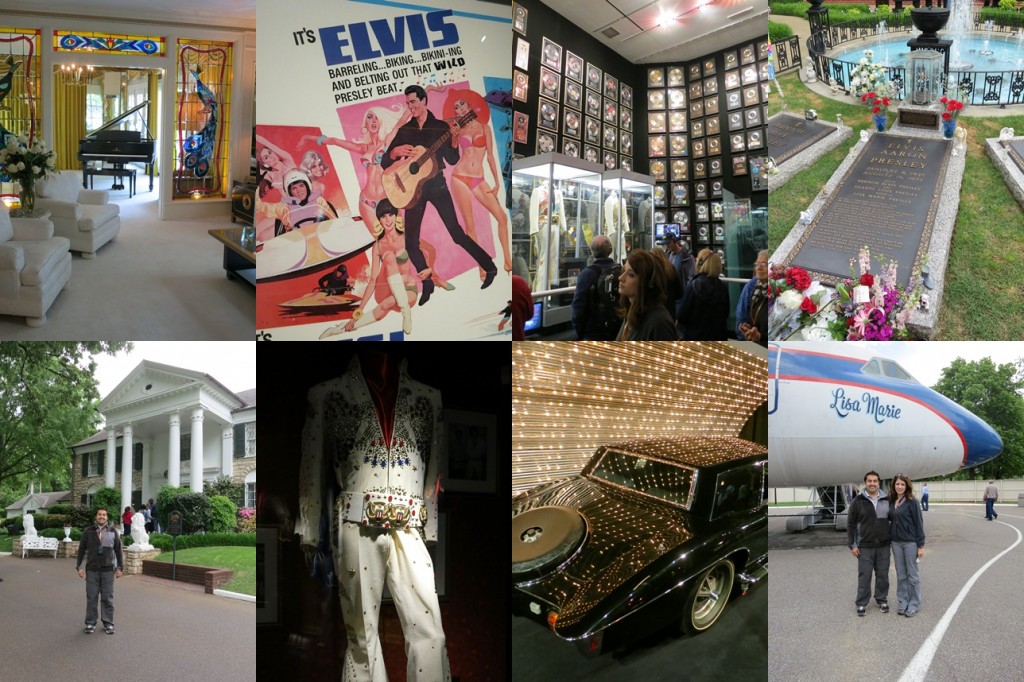
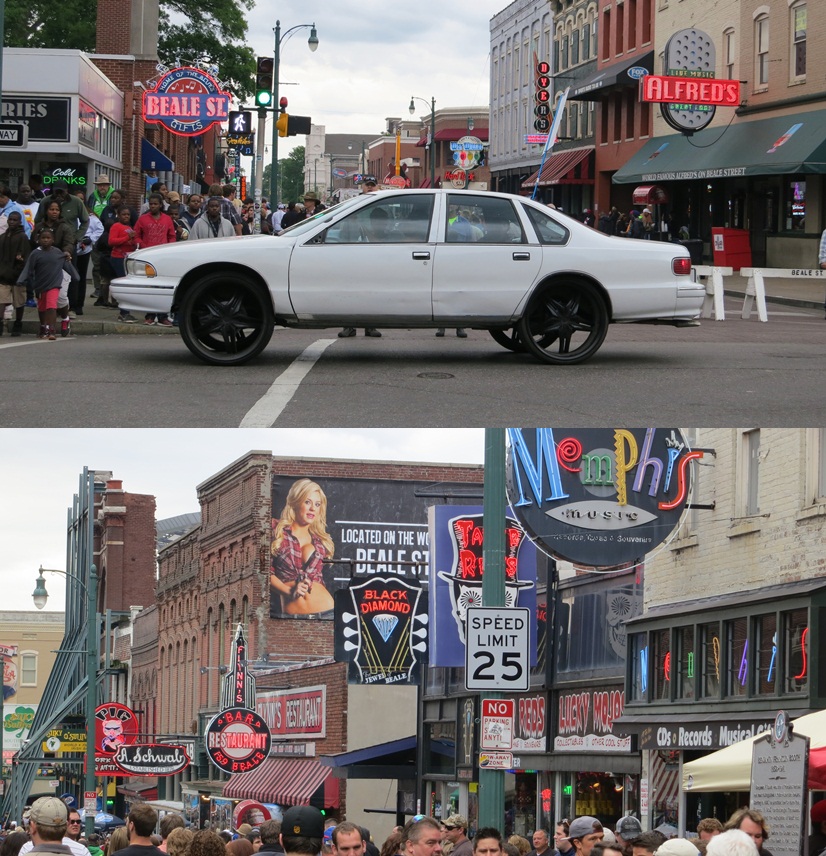
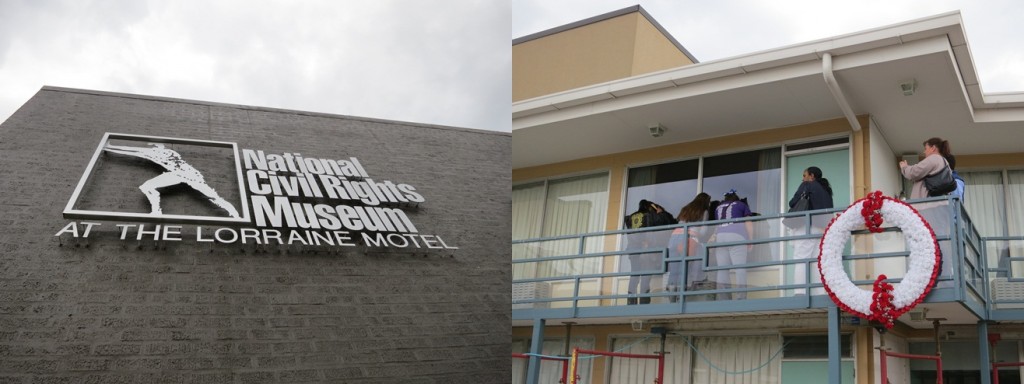
Recent Comments